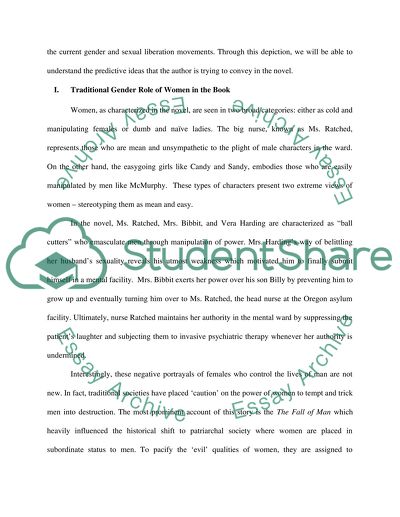Cite this document
(“Male, Female and beyond Gender Essay Example | Topics and Well Written Essays - 1750 words”, n.d.)
Male, Female and beyond Gender Essay Example | Topics and Well Written Essays - 1750 words. Retrieved from https://studentshare.org/literature/1433787-male-female-and-beyond-gender
Male, Female and beyond Gender Essay Example | Topics and Well Written Essays - 1750 words. Retrieved from https://studentshare.org/literature/1433787-male-female-and-beyond-gender
(Male, Female and Beyond Gender Essay Example | Topics and Well Written Essays - 1750 Words)
Male, Female and Beyond Gender Essay Example | Topics and Well Written Essays - 1750 Words. https://studentshare.org/literature/1433787-male-female-and-beyond-gender.
Male, Female and Beyond Gender Essay Example | Topics and Well Written Essays - 1750 Words. https://studentshare.org/literature/1433787-male-female-and-beyond-gender.
“Male, Female and Beyond Gender Essay Example | Topics and Well Written Essays - 1750 Words”, n.d. https://studentshare.org/literature/1433787-male-female-and-beyond-gender.


